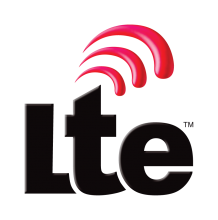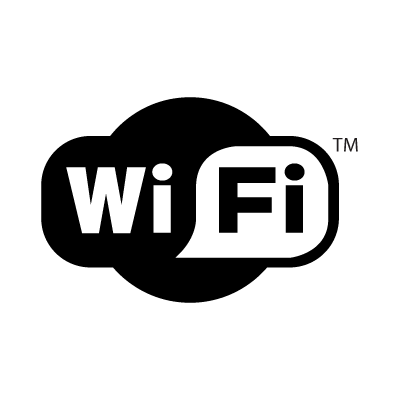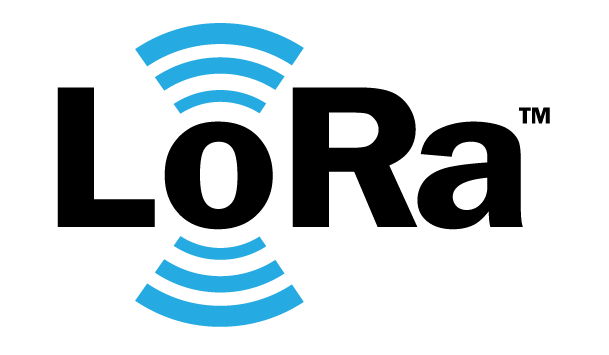Internet of Things (IoT) and LPWAN Networks
With the rise of the Internet of Things (IoT) and the availability of new Low Power Wide Area Networks (LPWAN) in Australia (LoRaWAN and SIGFOX) we now have an extensive selection of hardware to choose from.
Traditionally most hardware used has been 2G/3G and going forward we expect most will now be LPWAN, simply due to the lower cost of the hardware. IoT hardware is much lower power and therefore cheaper to produce (less power circuitry, less batteries, cheaper chips). This allows us to offer our premium monitoring service at lower rates than ever before.
However we will continue to use some 3G/4G hardware into the long term future as 4G networks will likely have superior coverage country-wide. In some locations where LPWAN coverage is poor, 4G may be our best option for getting our customers online.
Networks We Use
All of our equipment operates on the following wireless networks:
- WiFi
- 3G (traditional mobile/cell network)
- 4G (including Cat-M1 and Cat NB-IoT)
- LoRaWAN (LPWAN)
- Sigfox (LPWAN)
Typical Hardware Specifications
Features
Battery level, internal temperature sensor, internal moisture sensor, orientation sensor and more.
Injection moulded or machined case, screw lugs for rigid installation.
Security
Typically no physical security is used for LPWAN devices. However we do encourage our clients to employ some security for publicly accessible meters.
4G devices we usually supply with a security cage and lock.
Power & Battery Life
Power supplied via USB, Solar, 12V or lithium long life batteries (3.6-7.2v).
Battery life of 5-10 years, depending on device and its configuration.
Channels
1-8 channels, though typically a max of 2 for LPWAN and a max of 8 for 3G/4G devices.
Input Types Supported
Dry contact pulse, active/digital pulse, 4-20mA current loop, transistor, RS-232, RS-485, MODBUS and SDI-12.






